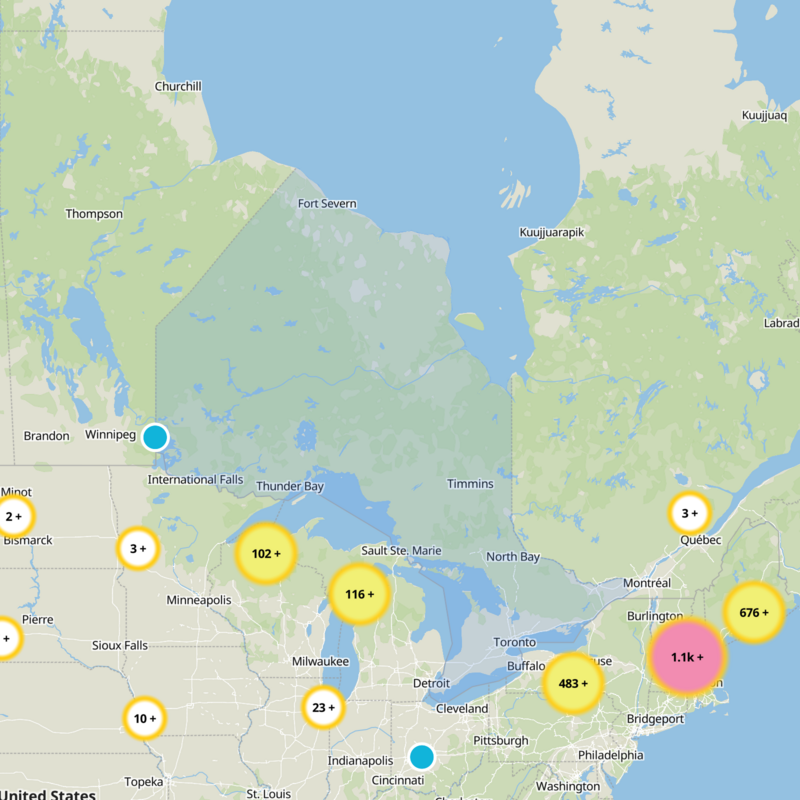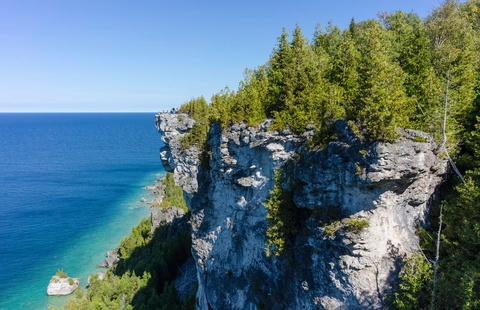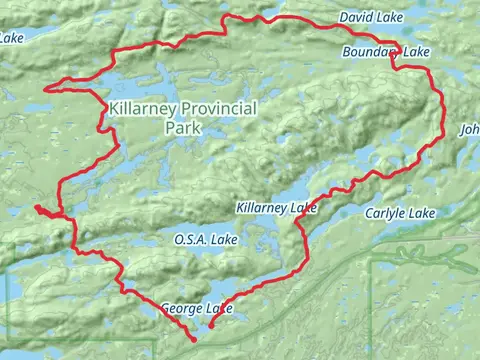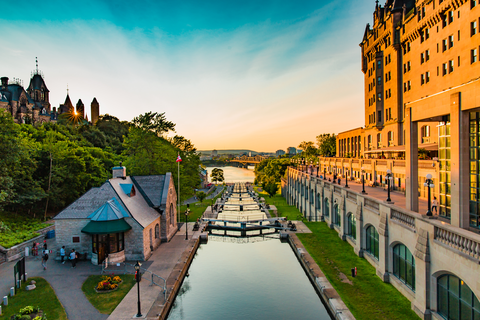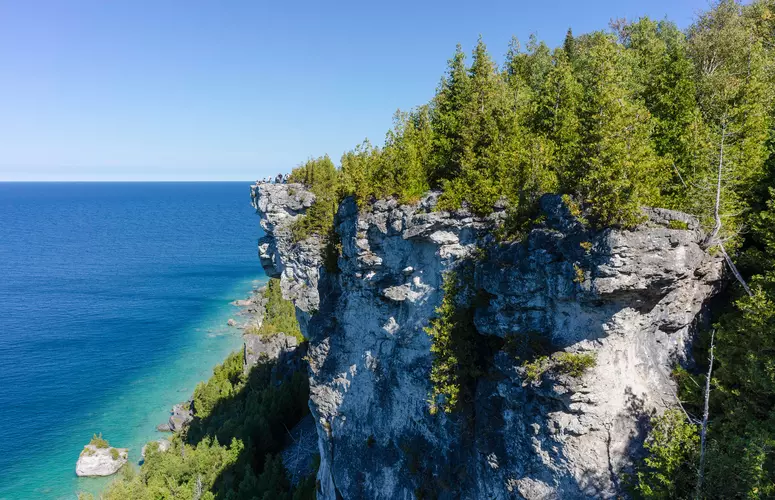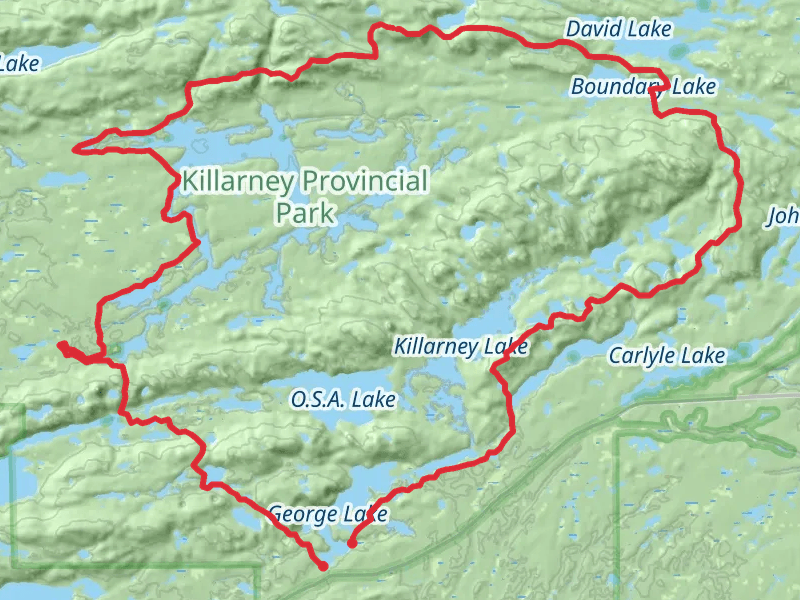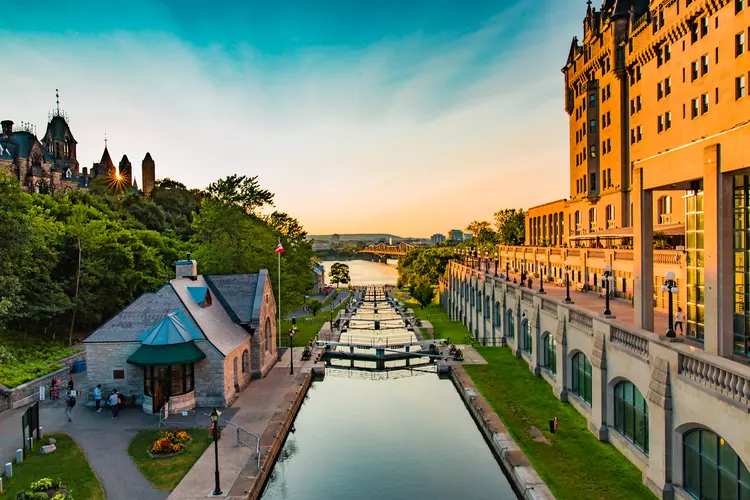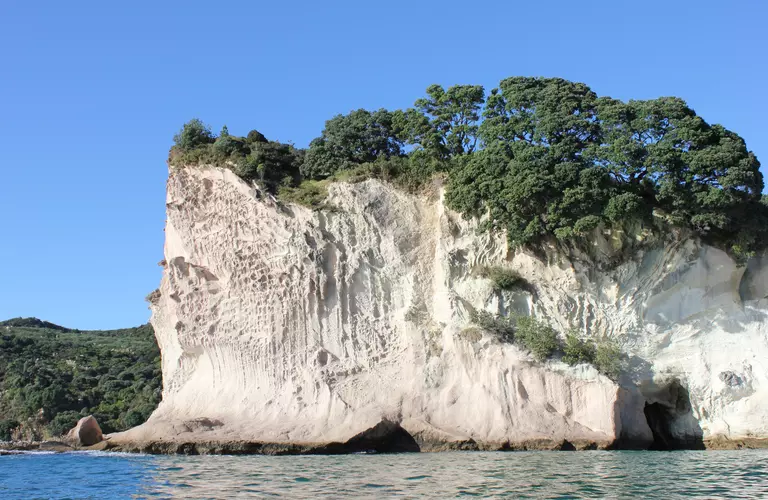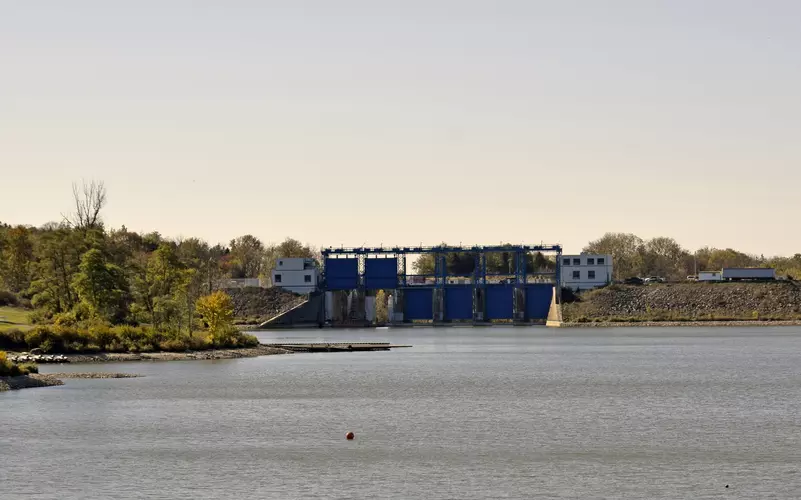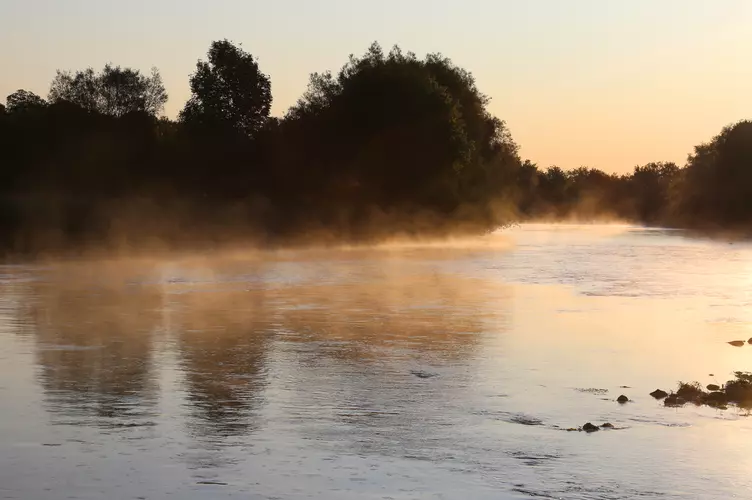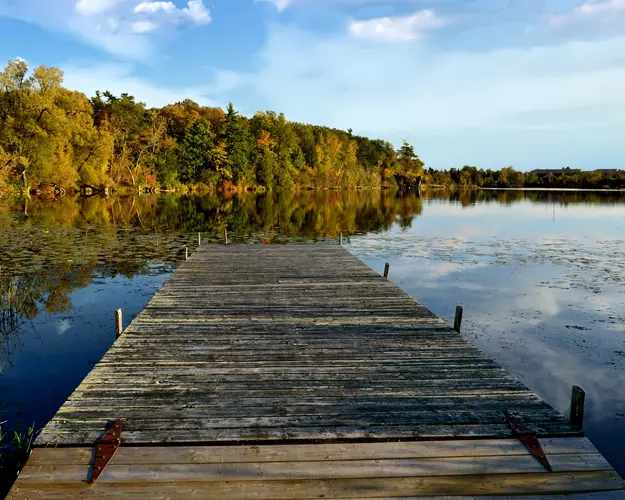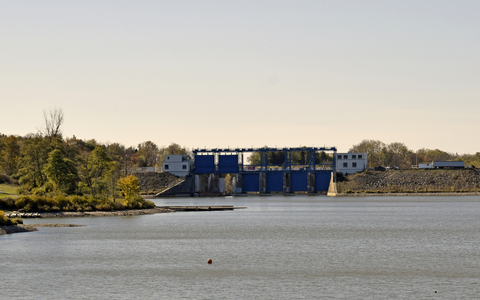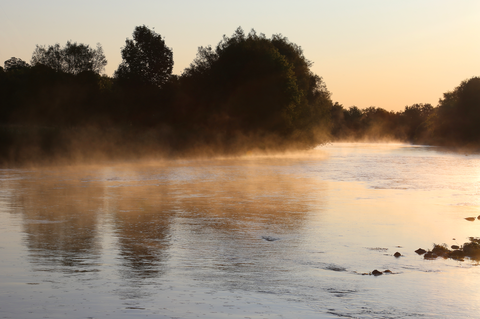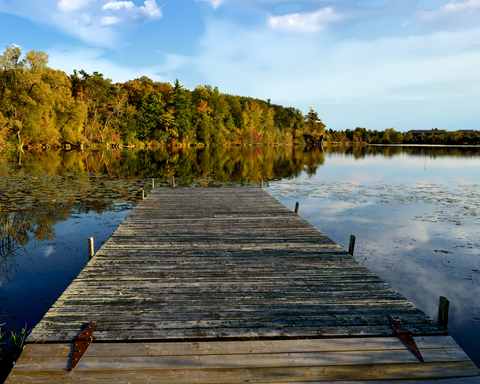"Discover Ontario's trails, where breathtaking vistas and unforgettable adventures await amidst diverse natural wonders."
Ontario offers a hiker's paradise, with its diverse landscapes ranging from the rugged cliffs of the Bruce Peninsula to the serene forests of Algonquin Park. Each trail unveils a unique tapestry of nature, where vibrant autumn leaves, tranquil lakes, and abundant wildlife await. Whether you're trekking the challenging La Cloche Silhouette Trail or enjoying a leisurely walk along the Niagara Escarpment, Ontario's trails promise breathtaking vistas and unforgettable adventures. Embrace the call of the wild!
Most popular hikes
FAQs about hiking in Ontario






